

Max Davies
4 Days Ago
A California regulator wants Tesla's licence to sell cars to be suspended or revoked, alleging the company misrepresented the capability of its driver assist features.

News Editor
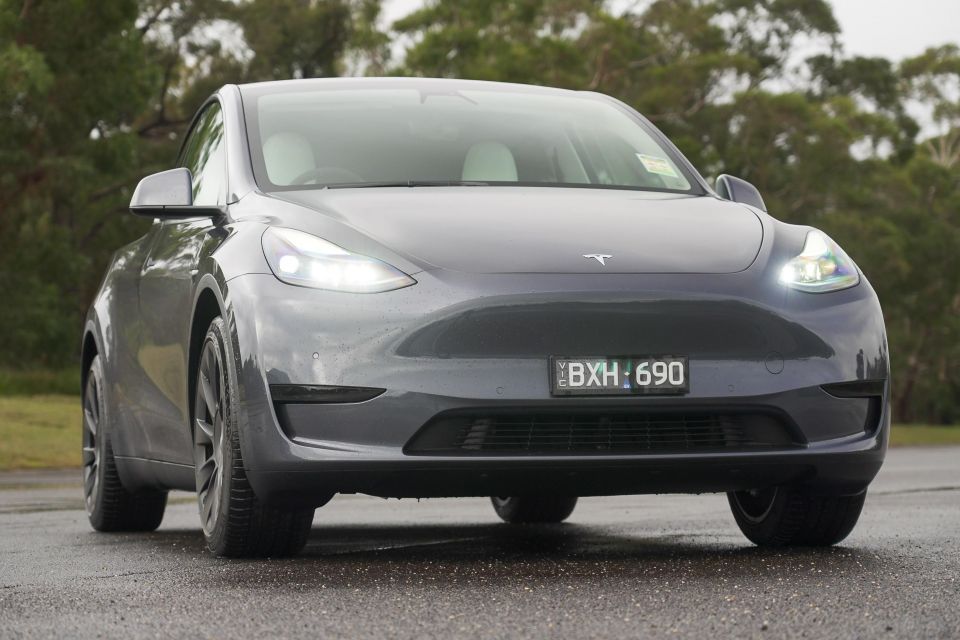

News Editor
California’s Department of Motor Vehicles has filed a complaint against Tesla for making “untrue or misleading statements” about its Autopilot and Full Self-Driving technology.
In the complaint to the California Office of Administrative Hearings, dated July 28, it has called for Tesla’s licence to sell and make cars in the State to be suspended or revoked.
It has also called for Tesla to pay restitution to parties who have suffered financial loss or damage, and for any other “just and proper” action to be ordered.
“Respondent made or disseminated statements that are untrue or misleading, and not based on facts, in advertising vehicles as equipped, or potentially equipped, with advanced driver assistance system (ADAS) features,” it says in its complaint.
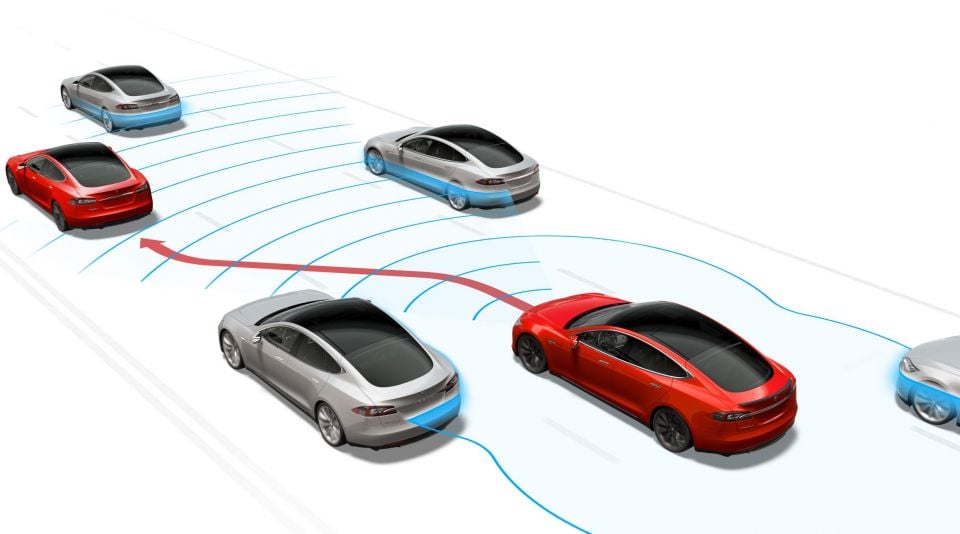
It specifically calls out the controversially named Autopilot and Full Self-Driving Level 2 autonomous driving features, and cites statements made in marketing materials by Tesla – primarily on the company’s website – from 2021 until as late as July 2022.
“The system is designed to be able to conduct short and long-distance trips with no action required by the person in the driver’s seat,” reads one line cited by the California DMV in its complaint.
“All you will need to do is get in and tell your car where to go. If you don’t say anything, your car will look at your calendar and take you there as the assumed destination,” reads another.
While the DMV acknowledges Tesla publishes disclaimers advising the features “require active driver supervision and do not make the vehicle autonomous”, it alleges this disclaimer contradicts the “original untrue or misleading labels and claims” and “does not cure the violation”.
Tesla has 15 days to respond to the complaint, and if it doesn’t the department can “proceed on the Accusation without a hearing”.
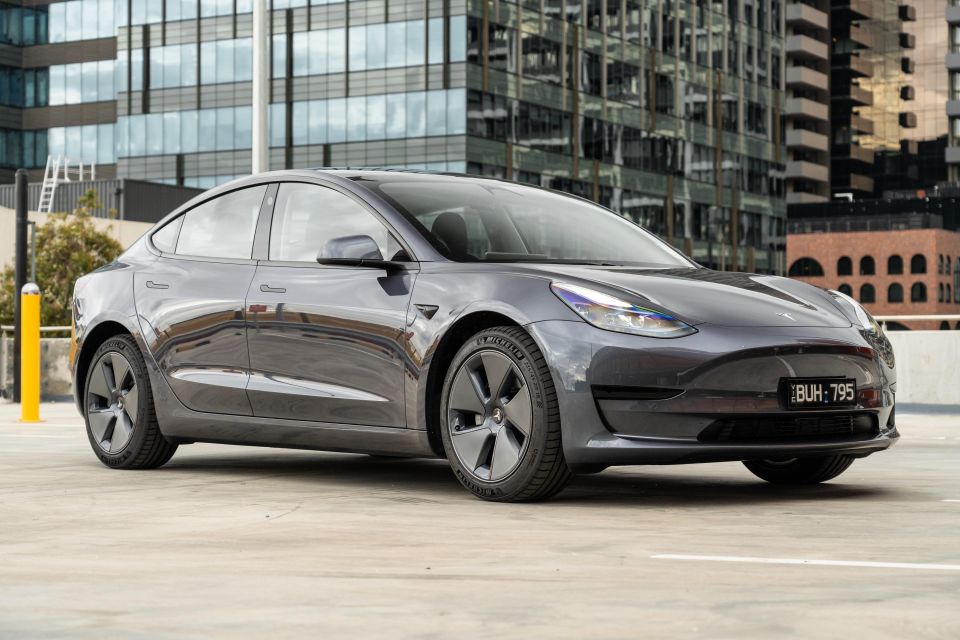
It’s not the first time Tesla’s ADAS technology has come under fire.
The US National Highway and Traffic Safety Administration (NHTSA) is investigating two fatal crashes last month involving Teslas colliding with motorcycles.
It also recently updated its probe of Teslas colliding with emergency vehicles to an ‘engineering analysis”. The regulator had found 16 crashes where Tesla vehicles had collided with emergency vehicles and trucks with warning signs.
The Associated Press also reported in June the NHTSA had received a complaint from over 750 Tesla owners about their cars stopping suddenly on roadways for no apparent reason.
The NHTSA had begun investigating phantom braking in Model 3 and Model Y vehicles last February after receiving 354 complaints.
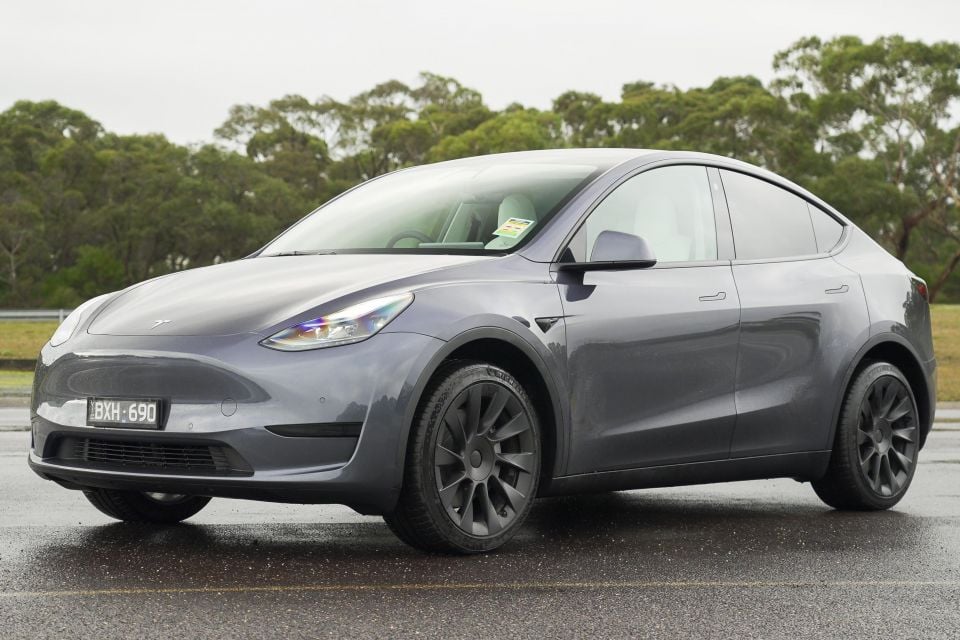
A driver in the US was charged this year with vehicular manslaughter after a collision led to the deaths of two people. The NHTSA confirmed Autopilot was in use at the time of the crash.
Closer to home, two motorists have blamed Tesla’s Autopilot system for causing collisions, one of which led to a pedestrian being taken to hospital in a critical condition.
Back in 2020, a German court ruled Tesla from using “full potential for autonomous driving” and “autopilot inclusive” in its advertising materials in Germany.
Despite this trenchant criticism from regulators, courts and owners alike, Tesla recently let go 200 employees working on its Autopilot feature.
Full Self-Driving has come under criticism since a beta version was first released to some owners in 2020.
Some of that criticism came from Tesla CEO Elon Musk himself, who called FSD Beta 9.2 “actually not great”. Videos were subsequently published online by owners showing Teslas almost colliding with vehicles and objects.
The technology has been subsequently updated and made available to more owners – now totalling more than 100,000 – though they need to pass a series of driving behaviour tests over seven days before they can access the feature.
It has still been criticised, however, for making owners driving on public roads the beta testers.
MORE ON THIS: Tesla accounts for most US driver-assist crashes, but there’s a caveat
Take advantage of Australia's BIGGEST new car website to find a great deal on a Tesla.
William Stopford is an automotive journalist based in Brisbane, Australia. William is a Business/Journalism graduate from the Queensland University of Technology who loves to travel, briefly lived in the US, and has a particular interest in the American car industry.


Max Davies
4 Days Ago
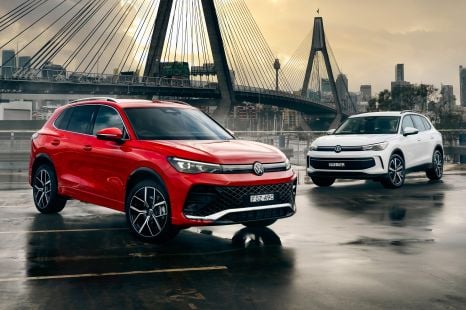

Max Davies
4 Days Ago


Josh Nevett
4 Days Ago
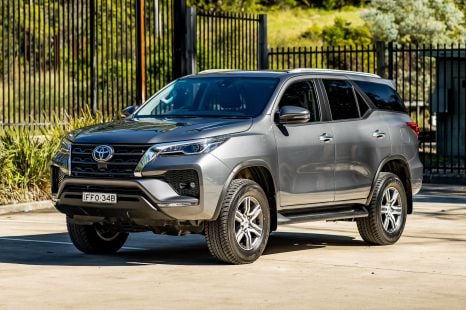

Matt Campbell
3 Days Ago
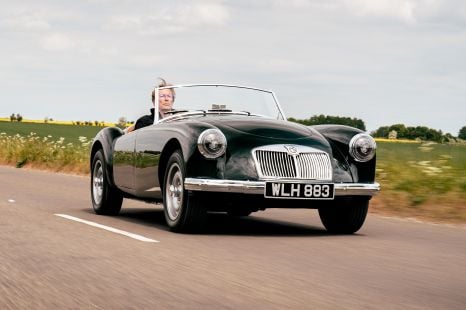

Angus MacKenzie
2 Days Ago


William Stopford
1 Day Ago